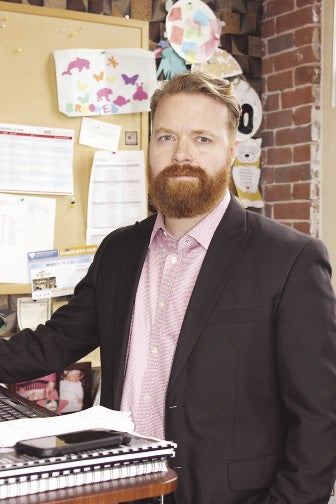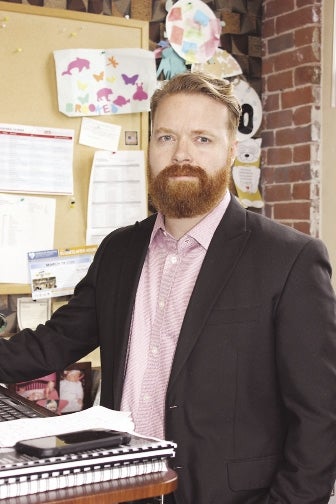As a white male, can I effectively lead reporting on diversity & inclusion in the Central Mass. business community? Sure. Would I be better at it if I were someone from an historically excluded group? Absolutely.
Get Instant Access to This Article
Subscribe to Worcester Business Journal and get immediate access to all of our subscriber-only content and much more.
- Critical Central Massachusetts business news updated daily.
- Immediate access to all subscriber-only content on our website.
- Bi-weekly print or digital editions of our award-winning publication.
- Special bonus issues like the WBJ Book of Lists.
- Exclusive ticket prize draws for our in-person events.
Click here to purchase a paywall bypass link for this article.
As a white male, can I effectively lead reporting on diversity & inclusion in the Central Mass. business community? Sure. Would I be better at it if I were someone from an historically excluded group? Absolutely.

In her feature “Who reports the news,” Senior Staff Writer Monica Benevides points out the many limitations of media being composed of mostly white staff – or in the case of Central Mass. newsroom leadership, 100% white men in a region where a quarter of the population is non-white. We just don’t have the lived-in experiences of people of color, women, and, speaking for myself, members of the LGBTQ+ community. As a journalist, I am trained to put biases aside, and be objective and skeptical in all things, but no amount of research or interviews can compare to the knowledge and perspective someone has gained in being Black in America for their entire life, for example.
The media response to the murder of George Floyd by Minneapolis police showcases this dilemma. As horrific as the video of the murder was, for a significant portion of Black Americans, the incident was an extension of what they experienced their entire lives. For white media, myself included, the video laid bare the intolerance many of our fellow Americans have dealt with because of their skin tone. We vowed change. WBJ Publisher Peter Stanton and I put out an editorial saying our economy could only achieve its true potential if all its members were given equal access to opportunity. I made diversity & inclusion one of WBJ’s major coverage areas. Before Floyd’s murder, 16 of the 129 WBJ cover pages under my tenure as editor featured a person of color. After his murder, eight of 32 featured at least one.
I am simultaneously extremely proud of WBJ’s diversity & inclusion coverage over the last 17 months and utterly disgusted by it. I’m sickened because all that really changed in the world was I watched a video. I should have known more about how inequality and racism had permeated all corners of American society, but I've been shielded from needing to be concerned about institutional racism on an every day basis. If I had been, I likely would have already baked diversity & inclusion coverage into WBJ’s ecosystem, and our audience would have been well versed in the systems of oppression inherent in our economy.
The best I can do now is accept my limitations, learn as much as I can, and strive to be better than I was yesterday.
– Brad Kane, editor

